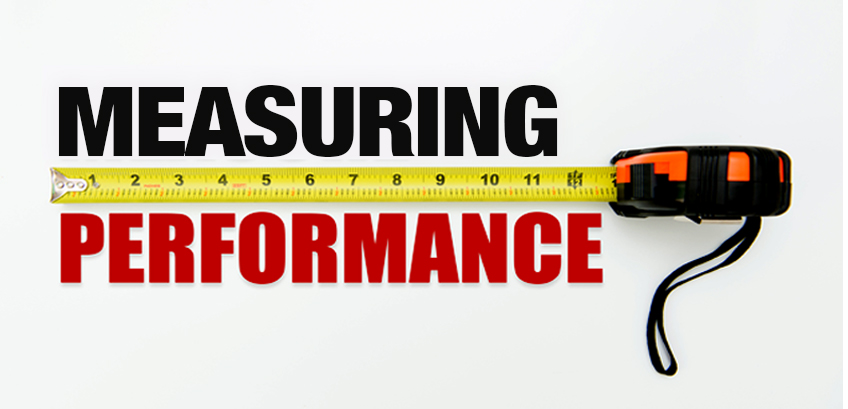Can you nail the distinction between “simple” and “simplistic”? If you can, you’re well on the way to successful performance measurement.
If a model is simple it contains only those elements essential to explain a result. On the other hand, a simplistic model is one that is over simplified – an example might be that individual business success depends purely on personality. While personality might be one factor, it certainly can’t account for all business success.
In business we steer a fine line between simple and simplistic. If we don’t simplify, we get lost in complexity. If we oversimplify, we just get dumb results.
Performance measurement is one of those topics that lends itself to being over simplified. Yet we all know we need that “short list” of key performance indicators to make sense of things.
Four Secrets
Here’s a set of secrets you might try in your next measurement exercise to keep things simple – and effective.
Keep the Entity You’re Measuring in Focus. It’s easy in performance measurement exercises to lose focus on the entity you’re assessing. Performance relates to something or someone. This may seem obvious. But when you operate within an organization the focus can get lost very easily. When this happens, soon you’ll find yourself clumping organization-level measures with business-unit-level, program and project measures – and more. As a result, you end up simply measuring “stuff”. Invariably a lot of this is about activity. So, stay focused on the entity you first zoomed in on.
Identify Key Stakeholders. Performance measurement is a two-way street involving outcomes for an entity and its key stakeholders. So, you must confront who defines the “streets.” It’s the stakeholders of your organisation that influence the parameters of good performance. There are five questions you can use to identify your key stakeholders.
Zero in on Outcomes. Measuring performance involves measuring outcomes not activity. What this means is that there is no performance without outcomes. There are also no outcomes without stakeholders. But outcomes are two-sided involving what stakeholders want and what an entity wants in return. Both sides must be assessed in a true performance evaluation. Measuring performance is measuring relationships.
Shy Away from Activities. Avoid getting caught up in measuring these. It’s a seductive trap and most people fall into it. You will too if you don’t have a framework to work from. Activities are the things you and your colleagues do – and you do a lot of them. “Training, advertising, marketing, accounting,” for example, are activities not outcomes. (Note the “ing” on these words.)
A Simple Premise
Next time you’re charged with developing performance measures recall this simple premise: it’s stakeholders and it’s two-sided. Start there and you’ll be on the right path.
——————————————————
Author – Graham Kenny

